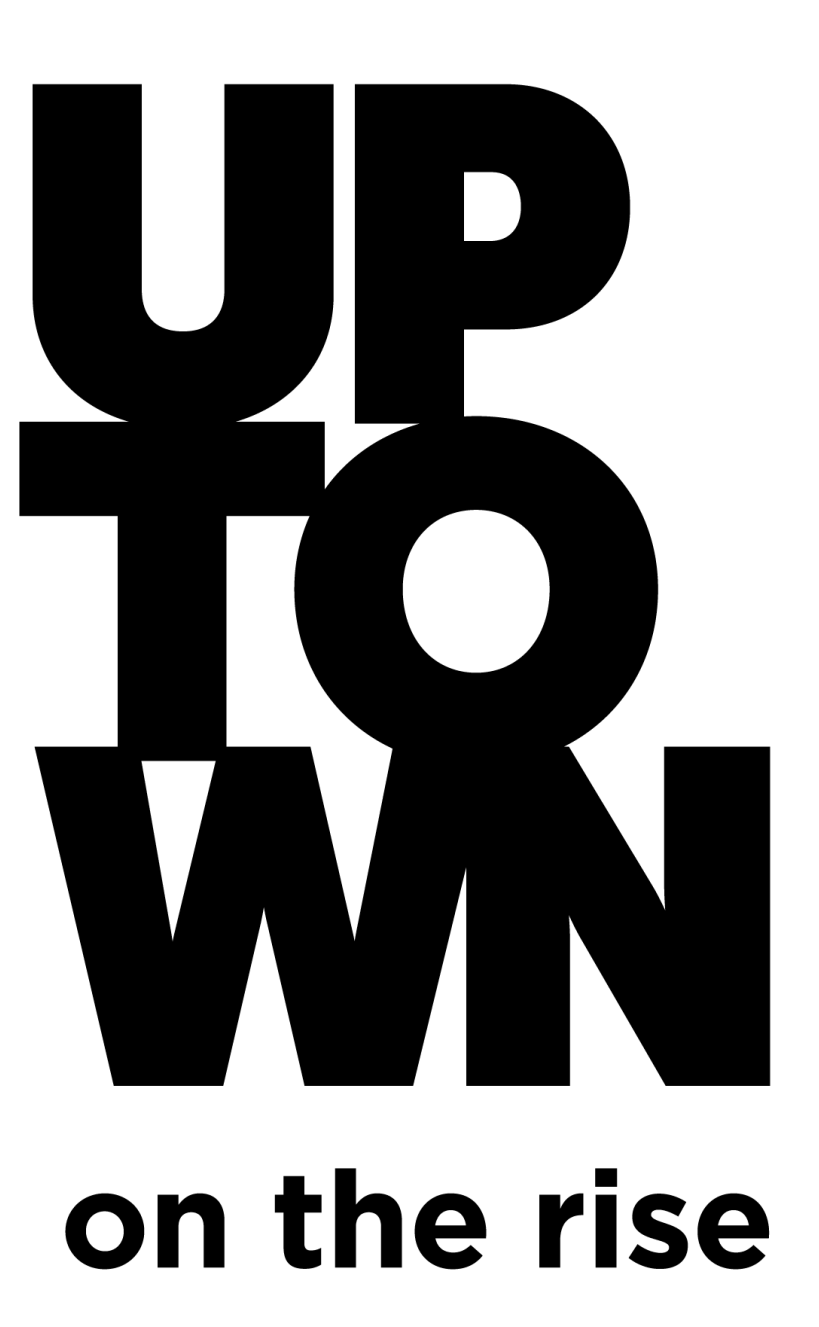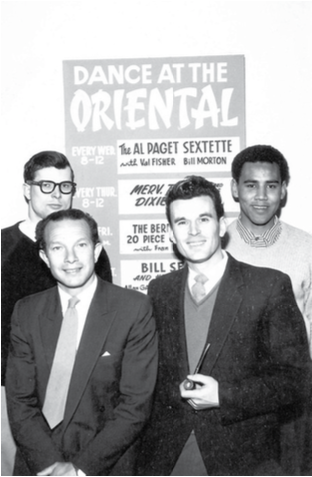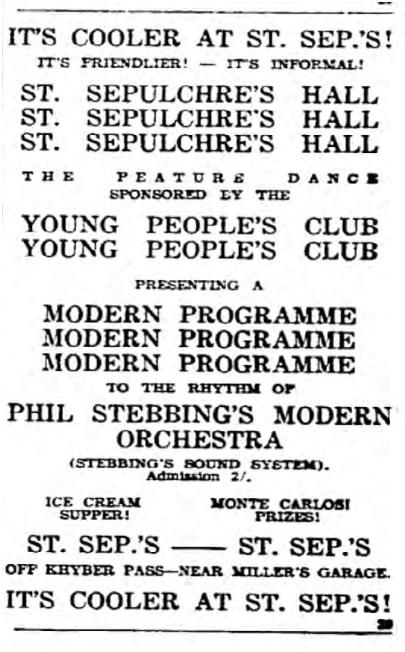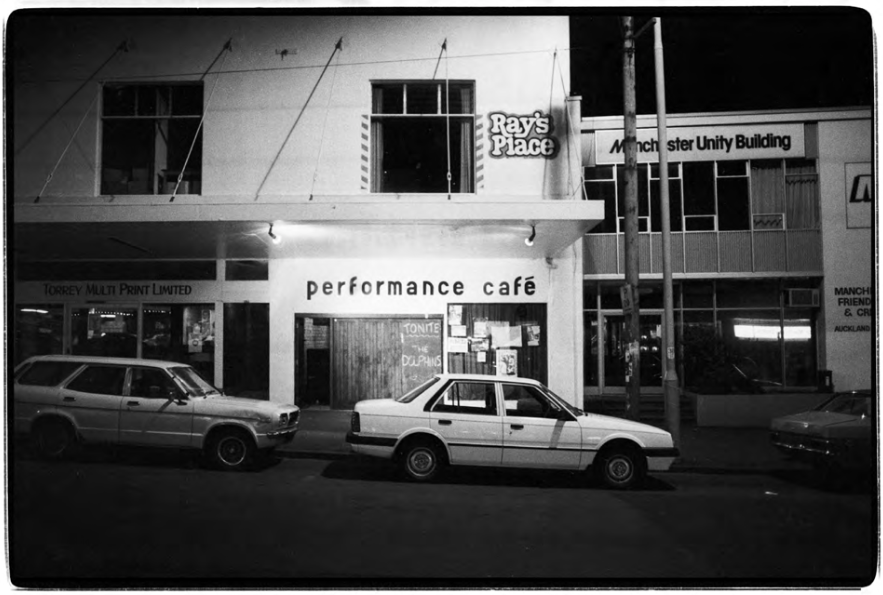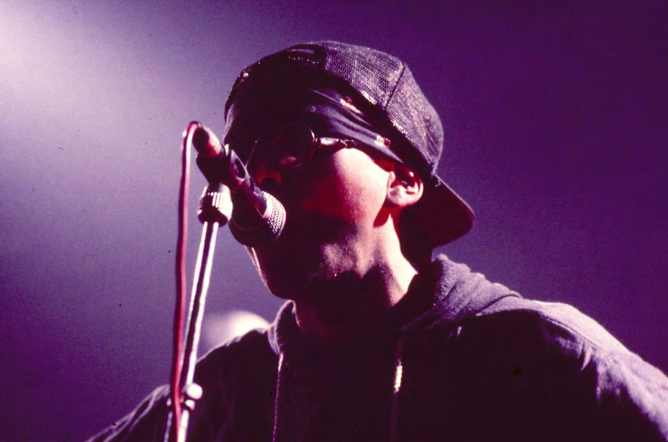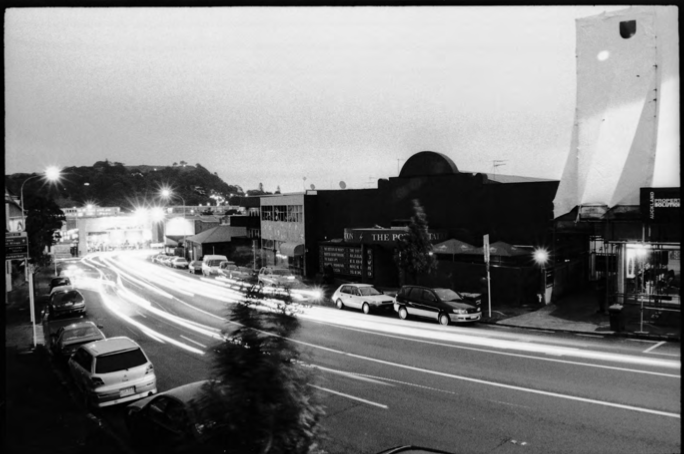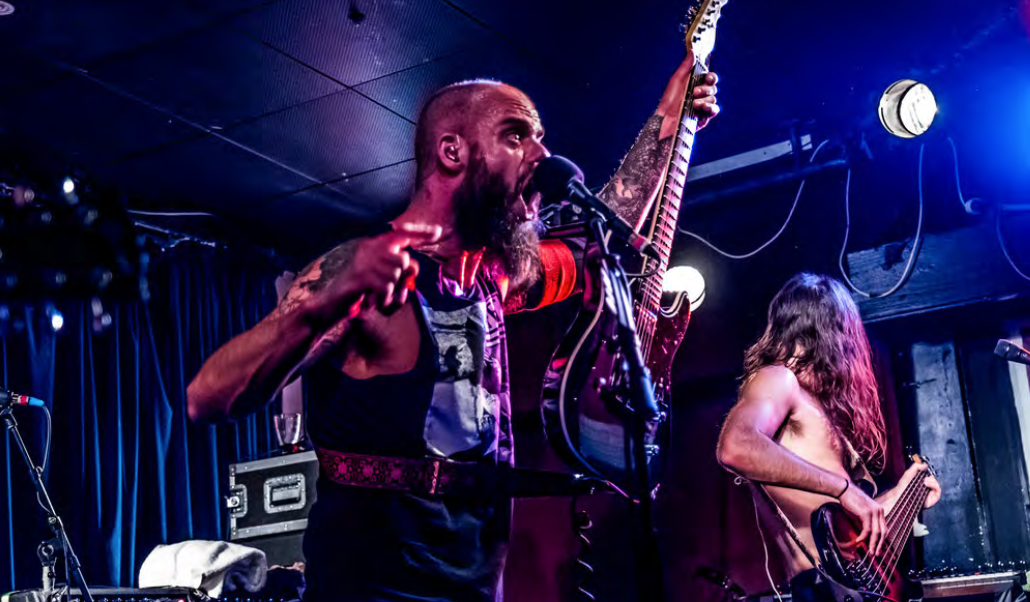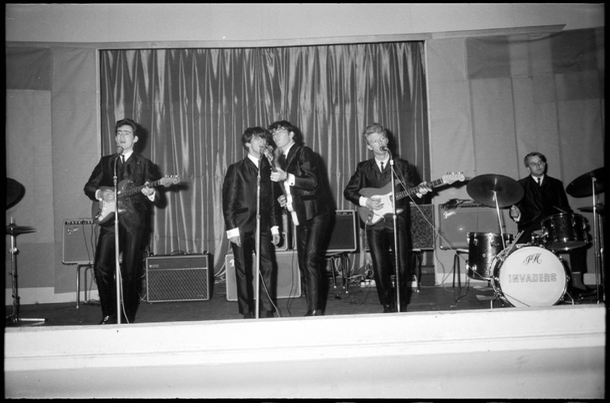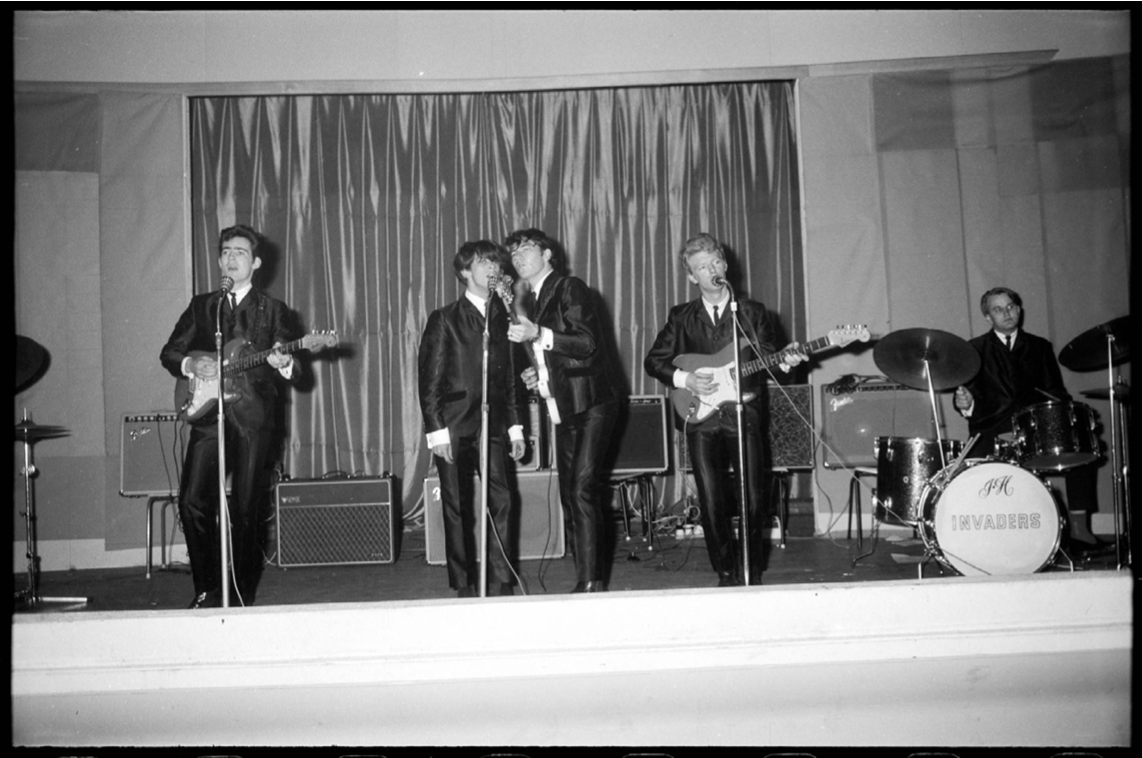
Nights on the Town
Uptown's rowdy musical history
Words: Russell Brown
Photography: Supplied
Here’s one for your next pub quiz: which Oscar- winning movie star ran a music venue in Uptown?
The answer is: Russell Crowe, or as he preferred to be known in public at the time, Russ Le Roq. The underage venue was called, prosaically enough, The Venue. It opened at 134 Symonds Street in February 1984 and was, according to Simon Grigg on the AudioCulture website, “briefly quite hot as a place to play, with a steady stream of the hip, synth-heavy pop acts that were dominating the Auckland inner-city scene”. But it proved to be a misfire on the road to stardom and closed by November, with the young Crowe in bankruptcy court.
It was, however, far from the only musical action at that address. Before becoming The Venue, it had been the grimy indie rock venue SPAM, and back in the 1960s, it was Checkers, which had stages on both the ground and first floors, featuring, among others, Howard Morrison, Tommy Adderly and “New Zealand’s only all-girl band”, The Fair Sect.
A few doors along, at 160-162 Symonds, the Lyric Theatre opened in 1911. It had been built as a cinema (it hosted the premiere of New Zealand’s first dramatic feature, Hinemoa, in 1914), but there was music too, initially in the form of the Ladies Symphony Orchestra. The Lyric became the State Theatre after a refit in 1933, but its musical golden era would be the 1960s. When the Kerridge Odeon chain sold the theatre to the Auckland Chinese community in 1960, the terms of the sale forbade it from being used as a commercial cinema for 10 years. What to do?
Enter Phil Warren. The legendary Auckland entertainment impresario renamed the venue the Oriental Ballroom, hosting dances twice a week for the rest of the decade. Some of the biggest acts in the land played there, including Ray Columbus and the Invaders and Max Merritt and the Meteors. The theatre reverted to showing films after the 10-year restraint ended, but it was never a success. There was a brief flicker of punk rock’n’roll at the end of the 1970s, when Toy Love and others played the State, but it was all over by 1983, when the theatre was demolished.
The Uptown music mantle by then had passed over – and across the road – to the Edinburgh Castle pub, where the upstairs room (first Liberty Stage, then the Reverb Room) became first port of call for the bands up from the emerging Flying Nun scene in the South Island. The Clean, The Chills and Look Blue Go Purple all played there. The late 70s also saw Disco D’Ora on Newton Road, where Suburban Reptiles, The Scavengers, and the Idle Idols played; and the HQ Rock Club on Upper Queen Street, which hosted everything from Proud Scum and the Enemy to longhairs playing progressive rock.
Things would really start up in the 80s. HQ Rock Club proprietor, poet Bruce Bissett, moved around the corner to Symonds Street and opened the Performance Cafe across the road from The Venue, where he again pursued an eclectic booking policy. One night, you might catch “the Māori Hendrix” Billy TK, the next it could be a young indie band like West Auckland’s jangly Bird Nest Roys.
But the big noise was at the top of Mt Eden Road. In April 1986, Phil Warren and Don Lillian opened The Galaxy in the building that had housed Dirty Dick’s cabaret. They brought in young-men-about-town Peter Urlich and Mark Phillips (founders of A Certain Bar, Zanzibar and The Brat) to run it as a rock club. But when there were no bands playing, Simon Grigg and Tom Sampson used it as a pop-up club called Asylum. Their regular DJ, Roger Perry, had cut his teeth around the corner at The Venue.
The venue was revamped and renamed the Powerstation in 1988 and its stage sensibly relocated to the back of the building. The Powerstation really hit its straps in the 1990s, when overseas acts came through most weeks.
At the same time, the Symonds Street strip where the State had operated for so long was earmarked for demolition – providing an opportunity for Kurtz Lounge (later @Luna) to launch at 178 Symonds Street, where the Armadillo Cafe had been, and play host to the cream of New Zealand’s indie rock scene, along with touring acts like Jonathan Richman and Will Oldham. A few doors down, the Frisbee Leisure Lounge operated in a similar vein until the buildings came down and the road was widened.
But at the same time, a new legend was germinating in one of Uptown’s oldest buildings. The King’s Arms Tavern in France Street, built in 1880, had lost its identity as a neighbourhood pub in the late 1960s when its neighbourhood was cleared out by the central motorway junction. By 1993, when Peter and Margaret Gordon bought the place, even the local working men’s trade was tailing off. Then Peter died.
Reasoning that “I just had to get on with it”, Margaret oversaw the transformation of the old pub into a major music venue in the years that followed. Her timing was good – the first rock bands played there in 1995, just months after the Gluepot closed its doors. The bar would go on to feature not only New Zealand’s best bands, but the likes of The White Stripes, The National and Peaches.
But as the years passed, the area’s depopulation began to reverse. Noise complaints from new residents became a regular problem. Eventually, in 2016, at the age of 85, Maureen sold the pub and its carpark for development into apartments.
Not so many bands play in Uptown now, but the Powerstation, owned by Peter Campbell since 2009, is still one of the most important music venues not just in Auckland, but in the entire country. There aren’t many rooms that take a tidy 1000 punters, and none with the good sightlines and excellent sound of the Powerstation. Its future is as precarious as that of any other urban music venue, but it trucks on.
But perhaps we’ll be surprised. Perhaps, in our regenerating precinct, a new stage will appear and Uptown will be rowdy all over again.
Uptown warmly thanks AudioCulture, the “Noisy library of New Zealand music” for help with this feature. You can find out more about the venues and artists, and even find them on unique interactive maps, at audioculture.co.nz.
Jonathan Ganley’s book CRUSH – Photos from Post-Punk Auckland is published on June 1.
